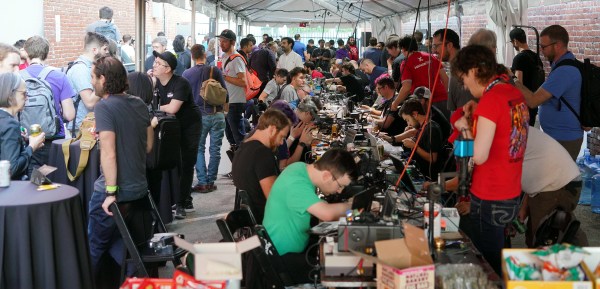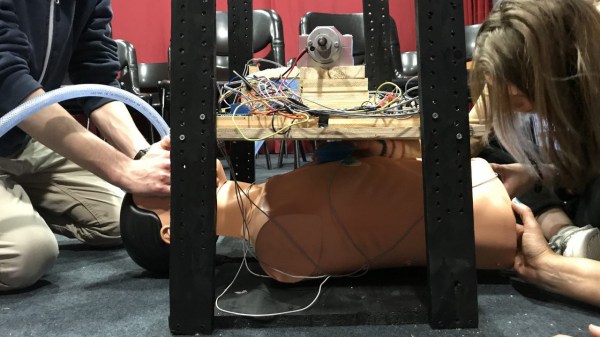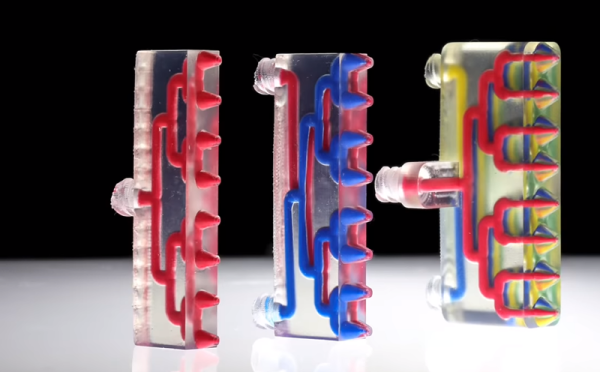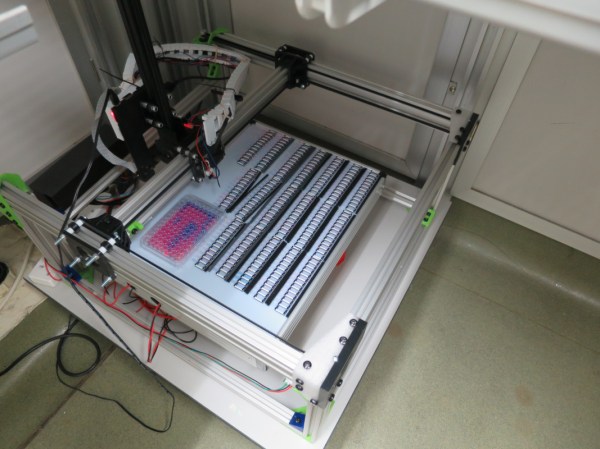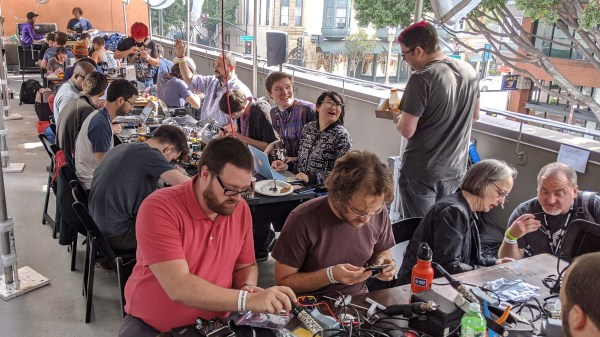Hackaday editors Mike Szczys and Elliot Williams talk over the last three weeks full of hacks. Our first “back to normal” podcast after Supercon turns out to still have a lot of Supercon references in it. We discuss Raspberry Pi 4’s HDMI interfering with its WiFi, learn the differences between CoreXY/Delta/Cartesian printers, sip on Whiskey aged in an ultrasonic jewelry cleaner, and set up cloud printing that’s already scheduled for the chopping block. Along the way, you’ll hear hints of what happened at Supercon, from the definitive guide to designing LEDs for iron-clad performance to the projects people hauled along with them.
Take a look at the links below if you want to follow along, and as always tell us what you think about this episode in the comments!
Take a look at the links below if you want to follow along, and as always, tell us what you think about this episode in the comments!
Direct download (60 MB or so.)



